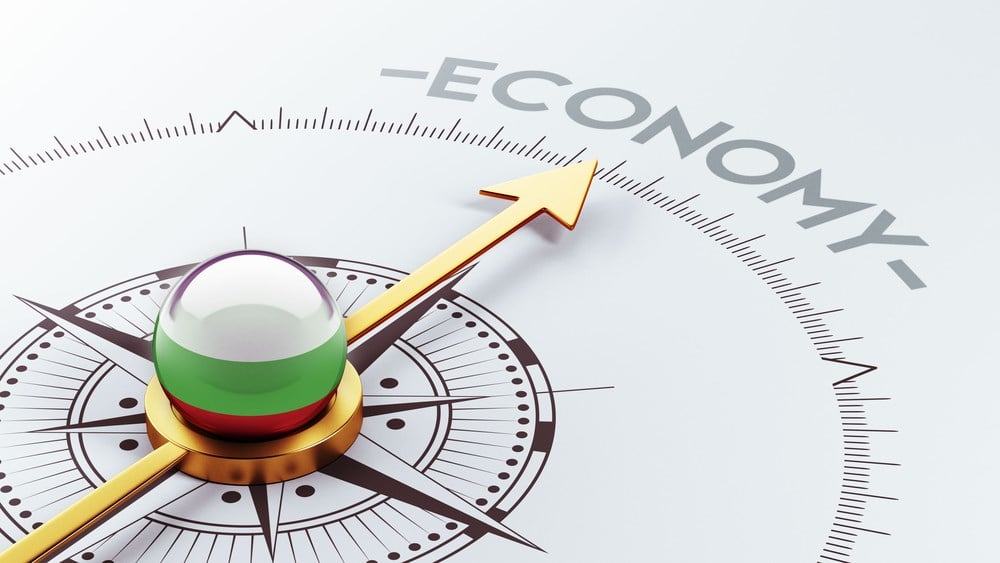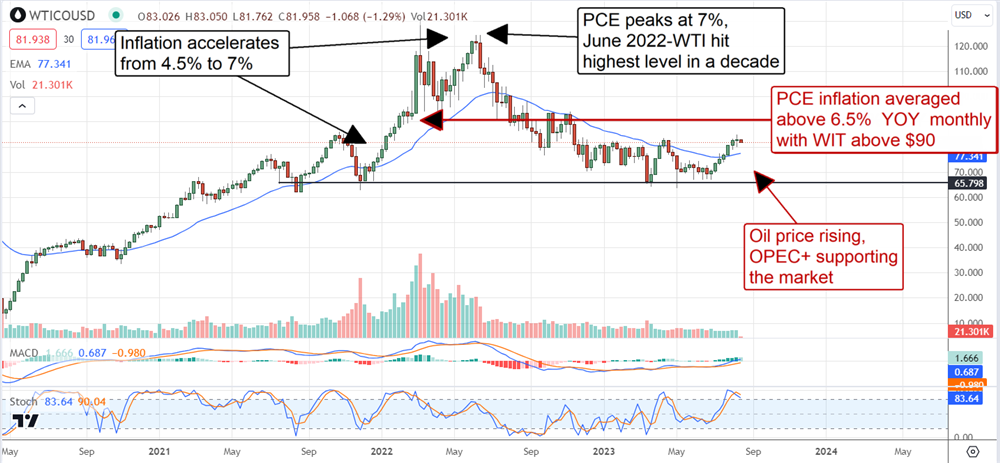
The market breathed a sigh of relief when the July CPI data was released, but there is nothing in the data for bulls to cheer. The relatively cool nature of the data is a positive signal but 1 in which the news is less bad than before and not actually good. The takeaway is that inflation cooled during the spring and summer and allowed the market to rally; the factors that led to the last major stock market correction are still in place; the risks for another significant correction continue to grow, and they are centered on inflation, the FOMC, and oil prices.
The CPI Data Leaves A Lot To Be Desired
What was so bad about the CPI data? Everything. The CPI came in cooler than expected at the headline level compared to last month, but we’re talking 0.1% of weakness in a number that accelerated from the prior month. That alone is reason to believe that the Fed isn’t through hiking rates, and the rest of the data in the July report was only as expected.
With core inflation running at 4.7%, there is absolutely no reason to think the Fed will cut rates anytime soon and every reason to believe the committee will keep its finger on the rate-hiking trigger.
The next Fed meeting is only a month away. The CME Fedwatch Tool indicates a 90% chance that there will be no rate hike at this meeting, and there is only a 33% chance the Fed will hike again by the end of the year. That’s contrary to the Fed’s rhetoric that several more hikes may be needed and there is additional risk to the market this week.
The meeting minutes from July are due on Wednesday and will be closely scrutinized for signals to the next FOMC move. Investors should expect the Fed to remain hawkish, and it could intensify the rhetoric.
There is reason to believe that inflation will accelerate as the fall progresses. Within the July CPI report, the 3 key elements of consumer inflation all increased, including food, energy, and shelter.
Shelter costs are unlikely to decline due to the low availability of housing, while food and energy prices are on track to rise significantly over the next few months and quarters. Bottom-line, the market is mispricing the Fed.
OPEC+ Is Driving Inflation Now
It is uncanny how the price of oil is correlated to inflation. The oil price topped alongside the highest peak in consumer inflation in 2022, bottoming with the lows in 2023. The oil price is now moving off a floor and will likely continue to rise for the foreseeable future and drive inflation with it.
The latest forecasts from the IEA show that demand growth is slowing and production growth is higher than before, but production is still lagging behind demand. Demand is expected to average 102.3 Mb/d in 2023 and rise to 103.3 Mb/d in 2024, while production will lag at 101.5 Mb/d and 102.1 due to OPEC+ production cuts. That scenario will result in declining global stockpiles and rising oil prices.
The price of WIT hit a new 1-year high in the 1st half of August. The oil price is pulling back from that high now but not significantly so, and the action has bullish overtones.
The recent rally appears strong and has the price above the 150-day EMA, suggesting the market tide has turned. Assuming the market follows through on this signal, WTI could be trading at $90 by mid-September; $90 is the low end of the range oil traded while consumer-level inflation raged at its highest levels.
PCE Inflation may not spike above 6.0% again, but it would be wise to assume that inflation will accelerate again before the FOMC is through.






